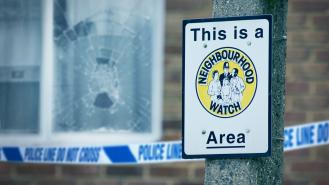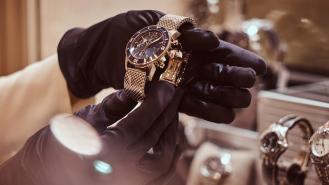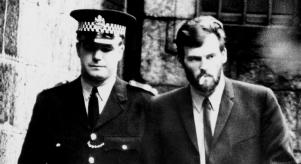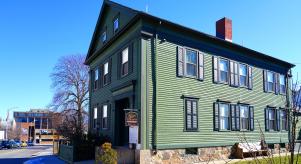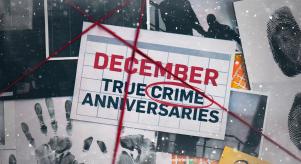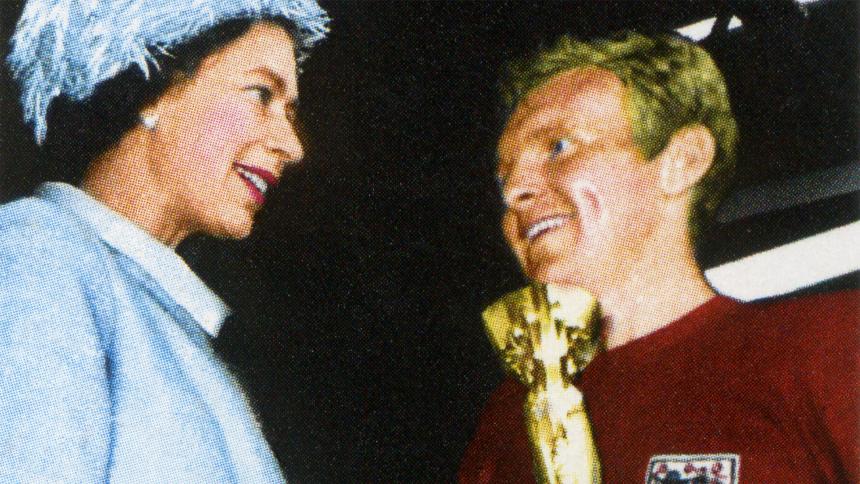
How the World Cup trophy was stolen (and recovered) in 1966
For years, English fans have sung about football ‘coming home’. When The Beautiful Game does occasionally pop back for a visit, it’s often a rather eventful affair and it certainly was in 1966.
Geoff Hurst’s hattrick, the Russian linesman, the iconic image of Bobby Moore being held aloft - trophy pointing to the sky. In this county, our collective memory of the 1966 World Cup centres squarely on the glory of beating West Germany 4-2 in the final. Other nations will have their own fond - or not-so-fond - recollections of the tournament and their eventual defeat.
However, before a ball was even kicked 56 years ago, there was already a giant story about the upcoming event. One of audacious theft, ransoms, national embarrassment and a hero in the form of a dog named Pickles.
There very nearly wasn’t a trophy for Bobby Moore to lift after he and his team won the tournament’s final game on 30th July 1966. Only the famous Jules Rimet Trophy, sport’s greatest prize, was stolen in a daring but ultimately ill-fated raid. All just four months before the World Cup was to begin.
Luckily for the team, event organisers, and the country as a whole, the decagonal and winged gold-plated cup was recovered just in time and in perfect condition.
In January 1966, six months before the World Cup tournament's scheduled start date, the Football Association was already in possession of the trophy. Except for a few promotional occasions, it was mostly kept at their Lancaster Gate office.
The trophy was allowed to be included in the Stampex show, Britain’s premier stamp exhibition. The Jules Rimet was a significant draw for the exhibition, which debuted on 19th March at the Westminster Central Hall. The prize was always guarded by two uniformed officers, who were joined by two plainclothes officers throughout the day.
On Sunday, 20th March the trophy vanished. It had been stolen. At no point did any of the guards hear or see anything unusual. It appeared to be a perfect crime.
Who was responsible? Police interviewed all the guards and Central Hall employees but didn’t have to wait long before the ransom call came in. The day after the robbery, FA Chairman Joe Mears took an anonymous phone call from the thief. The caller told Mears to look out for a parcel heading his way the next day. The parcel contained the trophy case’s inner lining as proof of ownership and a note demanding £15,000 (approximately £300,000 in today’s money) in cash.
The note also warned that if Mears were to take the ransom demand to the police, those holding the trophy would have it melted down. Regardless, Mears went to Scotland Yard. A sting was soon formulated involving a suitcase full of blank pieces of banknote-sized paper. In a follow-up call, it was agreed that Mears’ ‘assistant’, a man called ‘McPhee’ was to meet ‘Jackson’ and exchange the (fake) cash for the Jules Rimet at Battersea Park. Of course, ‘McPhee’ was actually an undercover police officer.
A tense handover resulted in ‘Jackson’ getting spooked and fleeing, only to eventually be caught by police and arrested.
Edward Betchley, a used vehicle salesman and petty criminal who had been found guilty of stealing and receiving stolen items, was the person posing as ‘Jackson’. Betchley said that he might be able to recover the cup if allowed bail, but this request was rejected. He denied stealing the trophy.
He was charged with breaking and entering and theft. Betchley said that he had received £500 to be an intermediary in the handover from a person he only knew as ‘The Pole’. Whoever ‘The Pole’ was - if indeed he existed - was never established. However, recent investigations have asserted that Betchley was telling the truth and that the real thief was a man Sidney Cugullere, a south London gangster known locally as ‘Mr. Crafty’.
Here’s where Pickles the Dog comes in.
Betchley was under arrest but unable - or refusing - to tell police where the Jules Rimet Trophy was being held. Its theft was hugely embarrassing for the country; its recovery was of enormous importance.
On 27th March, David Corbett and his dog Pickles were out for a stroll in southeast London's Beulah Hill when Pickles started to sniff around a package that was tucked away behind a hedge at Corbett's house. It was secured with twine and covered in an old newspaper. It was the world’s most famous trophy.
The trophy was identified by a senior executive at the FA after Corbett and the trophy were taken to the Cannon Row police station. Investigators had a fleeting suspicion that Corbett was involved in the heist, but he had a watertight alibi.
The following morning, police declared they had found the trophy, keeping it for evidence for a few weeks. Before the competition began, they handed the trophy back to the Football Association who, on 30th July, gave it to Bobby Moore to raise above his head in triumph.

